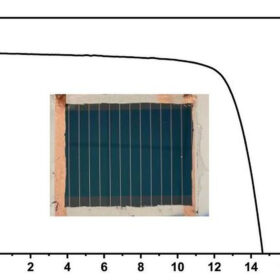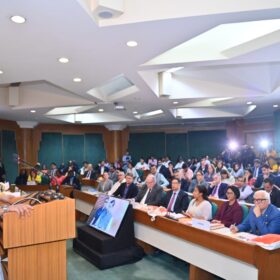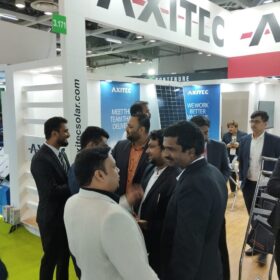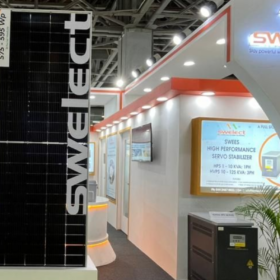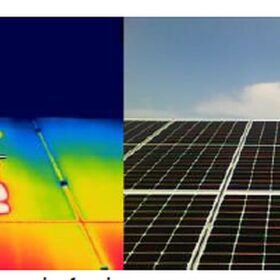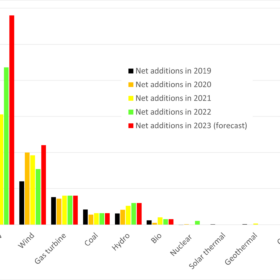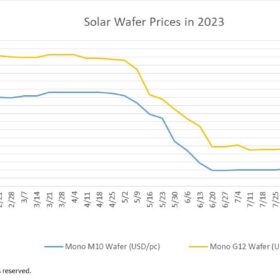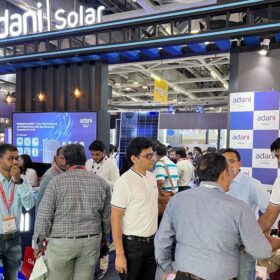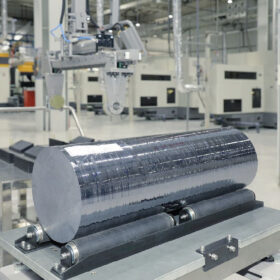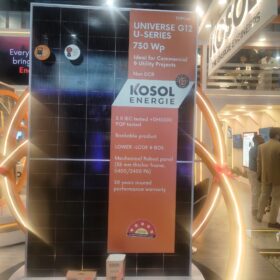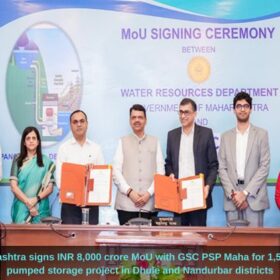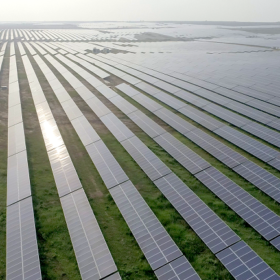Large-area perovskite-silicon tandem PV cell hits record efficiency of 25.1%
US scientists have achieved a breakthrough in PV cell tech by creating a 24 cm2 perovskite-silicon tandem solar cell. It positions a lithium fluoride interlayer between a hole transport layer and the perovskite absorber to reduce shunting losses.
Leaders from 116 countries to attend the 6th Assembly of International Solar Alliance in New Delhi
The Sixth Assembly of the International Solar Alliance will focus on universalizing energy access through solar mini-grids, mobilizing finance for accelerated solar deployment, and diversifying supply chains and manufacturing for solar.
Axitec to set up 600 MW of pilot solar module lines in India
Tanmoy Duari, chief executive officer at Axitec Energy India, told pv magazine that the planned capacity, 300 MW in Gujarat and another 300 MW in Tamil Nadu, will produce n-type TOPCon solar modules. Production will start in the first quarter of 2024.
European Parliament committees approve draft regulation on forced labor
The European Parliament’s Internal Market and International Trade committees have approved and amended a proposal to create a global list of regions and industries with a high risk of forced labor.
Insights from the IEA PVPS Trends Report on Photovoltaic Applications 2023
The IEA PVPS Trends Report for 2023 discloses a historic milestone in the photovoltaic (PV) industry, surpassing 1 TW of cumulative capacity. The PV industry registered significant global growth in 2022, with China and Europe leading in charge. PV competitiveness in the market was strong, despite some regions facing problems due to supply issues, grid capacity constraints or labor shortages. The report shows that global collaboration, innovation and strategic planning remain key to a sustainable energy transition.
Swelect unveils 595 Wp mono PERC solar panel
India’s Swelect has introduced mono PERC modules in power outputs from 575 Wp to 595 Wp and efficiency of up to 21.17%
Combination of half-cut, bifacial solar cell designs may contribute to hotspot formation
Scientists in Spain tested PV modules under partial shading conditions, aiming to better understand the formation of performance-damaging hotspots. The study reveals a potential issue particularly affecting half-cell and bifacial modules, which may cause accelerated performance loss and is not covered by current testing/certification standards.
Solar panel waste is not a significant problem
Solar panel waste will not be a problem because there is so little of it. However, there is a short-term problem in some places because panel deployment is growing fast and recycling is playing catch up.
Solar wafer prices hit record lows
In a new weekly update for pv magazine, OPIS, a Dow Jones company, provides a quick look at the main price trends in the global PV industry.
TOPCon dominates REI 2023 show
The Renewable Energy India (REI) Expo 2023 showcased TOPCon solar modules from almost all leading PV manufacturers in India, including Adani, Premier Energies, Waaree, and more.
